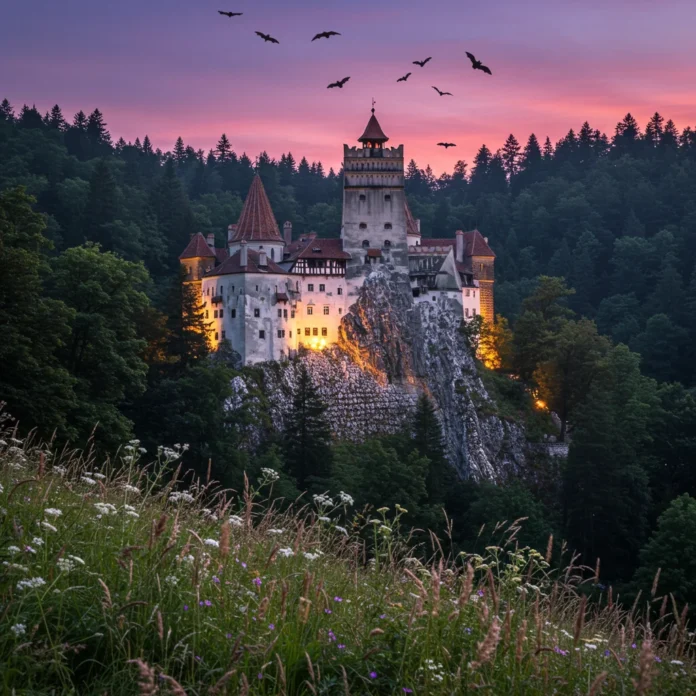Introduction to Bran Castle: Romania’s Legendary Fortress
Bran Castle stands as one of Romania’s most recognized landmarks, perched on the border between Transylvania and Wallachia. Its striking silhouette against the backdrop of the Carpathian Mountains and its storied past have made it a focal point for history enthusiasts, architecture lovers, and curious travelers alike.
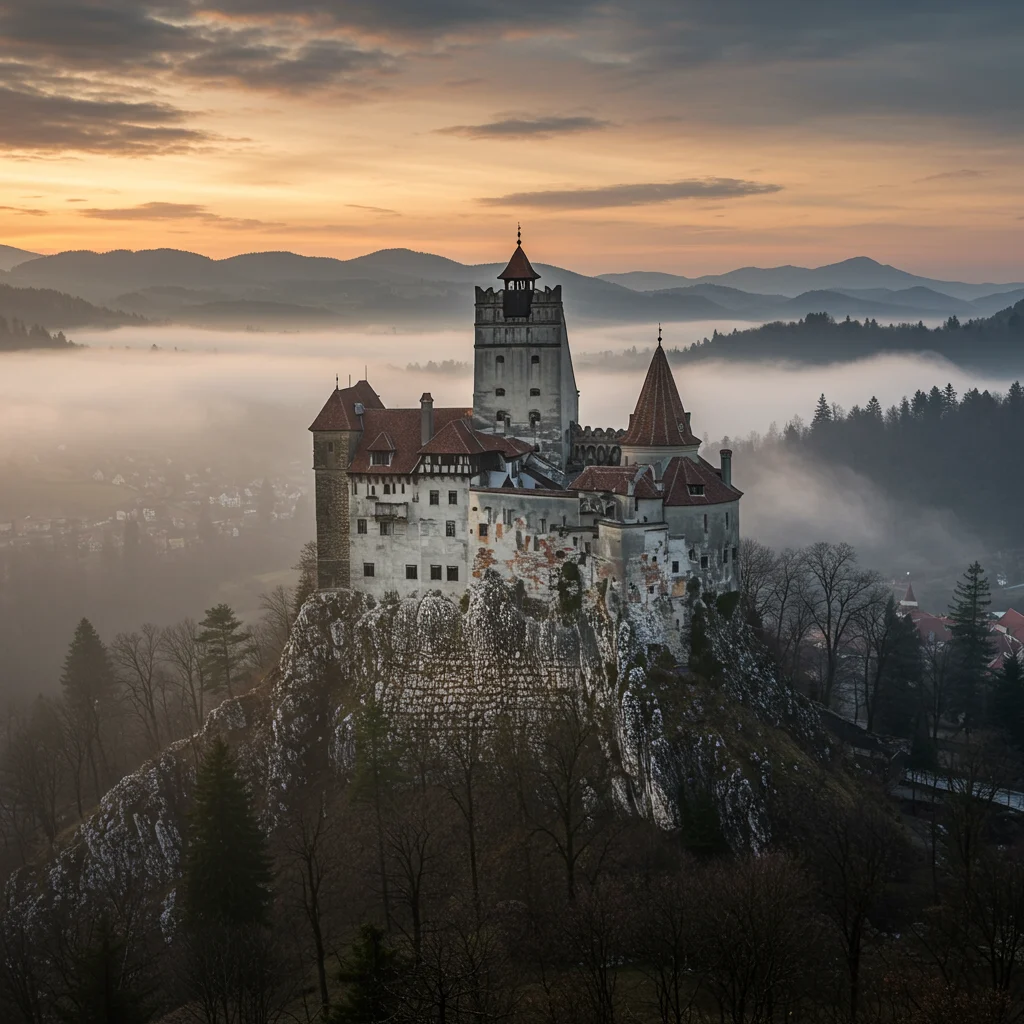
The fortress is perhaps best known for its association with the Dracula legend, a link that draws countless visitors each year. Over the centuries, Bran Castle has served many roles, from a defensive stronghold to a royal residence and now a museum. In this article, we will examine the real history, myths, and visitor experience of this legendary fortress.
Why Is Bran Castle Known as Dracula’s Home?
Few castles in the world are as synonymous with a fictional character as Bran Castle is with Dracula. This reputation has made it a symbol of Gothic mystery and intrigue, attracting fans of literature, folklore, and the supernatural.
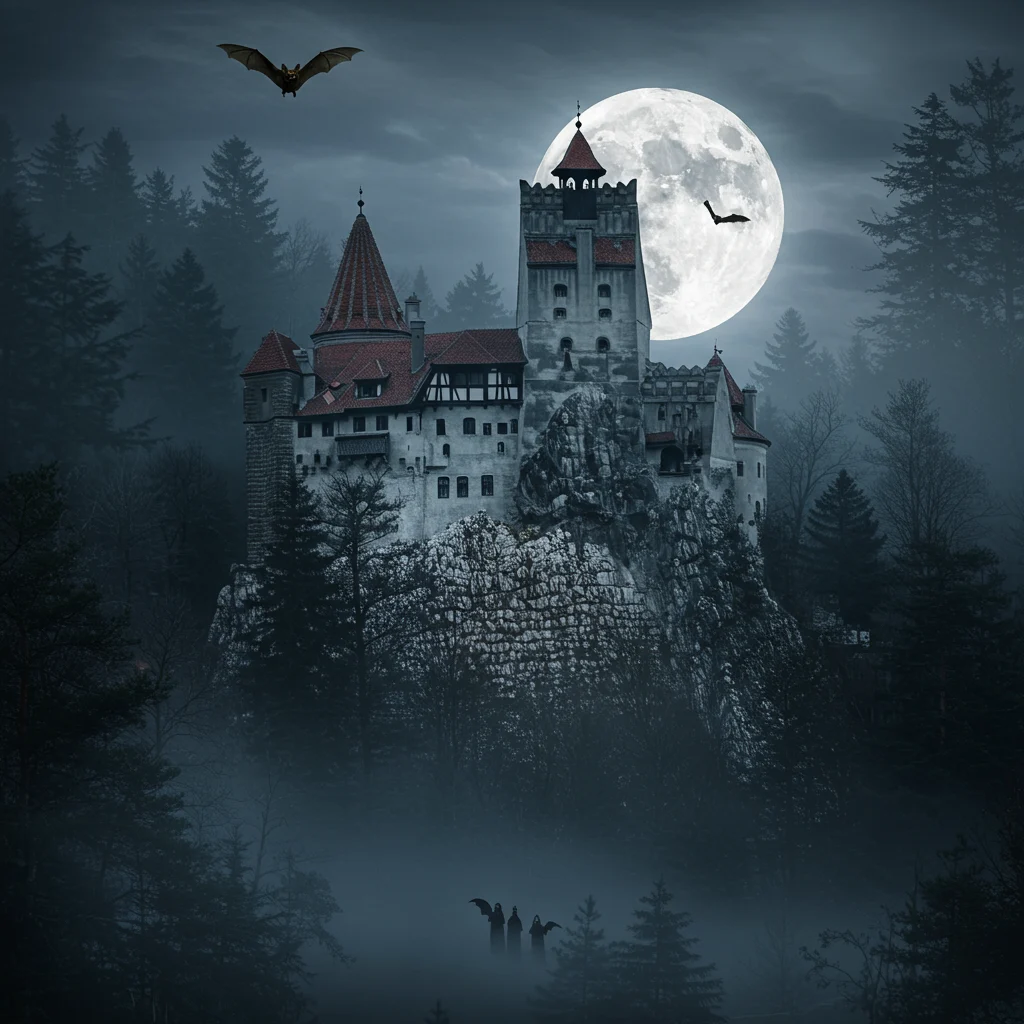
The connection between Bran Castle and Dracula is rooted in both historical speculation and clever marketing. While the truth is more nuanced, the enduring popularity of Bram Stoker’s novel and the castle’s dramatic appearance have cemented this link in the public imagination.
The History of Bran Castle
The story of Bran Castle stretches back over 600 years, encompassing multiple rulers, regional conflicts, and periods of transformation. Understanding its origins and historical significance provides valuable context for its enduring allure.
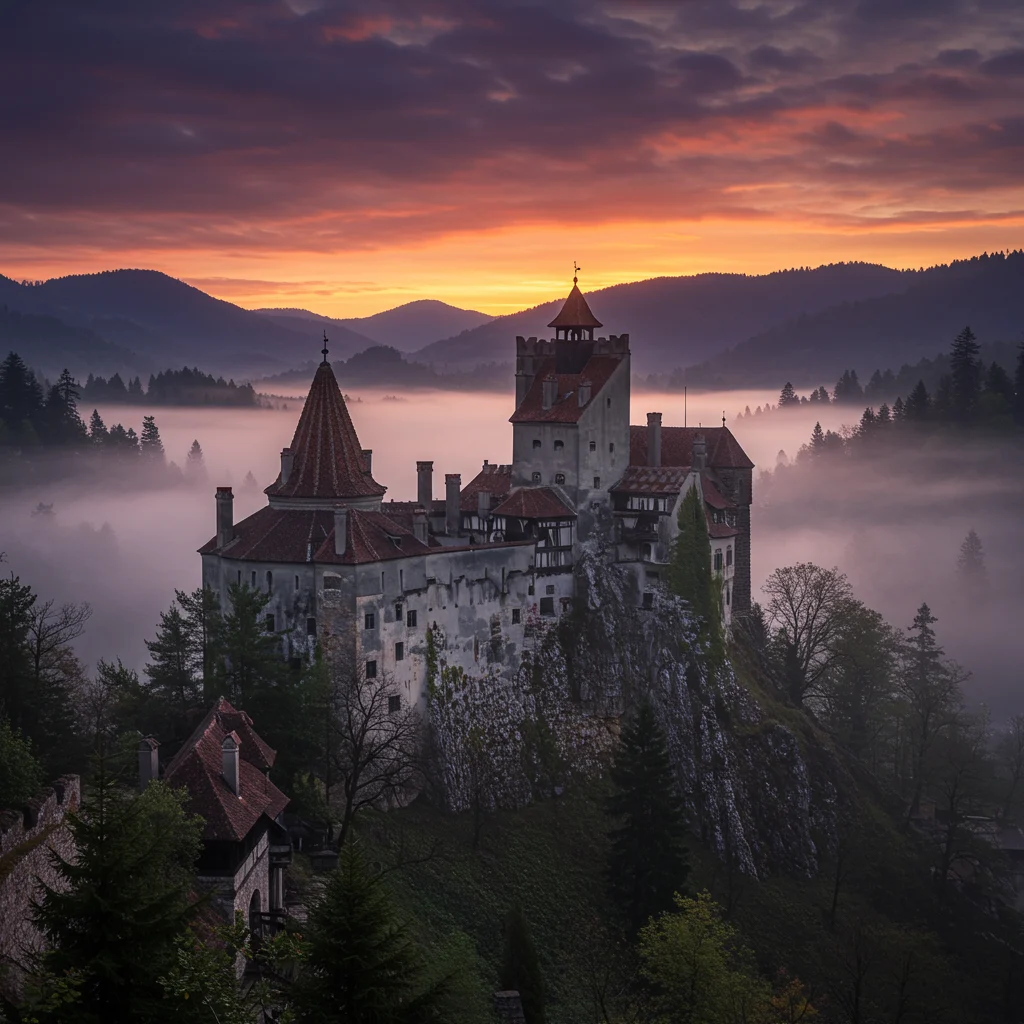
Let us take a closer look at the early construction, original inhabitants, and pivotal events that have shaped Bran Castle’s legacy.
When Was Bran Castle Built?
Bran Castle’s construction began in 1377, following an order from Hungarian King Louis I of Anjou. The king granted the Saxons of Kronstadt (Brașov) the privilege to build a stone fortress on the site to defend Transylvania’s border and control the mountain pass.
The initial structure was primarily a defensive fortification, designed to withstand invasions from the Ottoman Empire and other regional threats. Over the centuries, the castle underwent numerous modifications and restorations, adapting to changing military and residential needs.
Who Were the Original Inhabitants?
The first inhabitants of Bran Castle were primarily the Saxon settlers of Brașov, who oversaw its construction and early administration. The castle served both as a military outpost and a customs post for merchants passing through the region.
Later, the fortress came under the control of various local rulers, including princes and voivodes, each leaving their mark on its structure and function. The castle’s strategic location made it a coveted asset in regional power struggles.
Key Historical Events at Bran Castle
Throughout its long history, Bran Castle has witnessed numerous significant events. It played a role in defending Transylvania against Ottoman incursions and served as a royal residence for Queen Marie of Romania in the early 20th century.
During both world wars, the castle’s role shifted, and it eventually became a museum open to the public. Each chapter in its story has contributed to its unique character, making it a living testament to Romania’s past.
Vlad the Impaler: The Real Dracula
Much of the fascination with Bran Castle stems from its supposed connection to Vlad the Impaler, the historical figure who inspired the Dracula legend. To understand this association, we need to separate fact from fiction and examine Vlad’s true legacy.
This section will clarify who Vlad was, his relationship with Bran Castle, and how legend and reality have become intertwined over time.
Who Was Vlad the Impaler?
Vlad III, known as Vlad the Impaler or Vlad Dracula, was a 15th-century ruler of Wallachia. He is remembered for his fierce resistance against the Ottoman Empire and his brutal methods of punishment, particularly impalement.
While his reign was marked by violence, Vlad is also celebrated in Romania as a defender of his homeland. His life and deeds have inspired countless stories, including Bram Stoker’s famous novel.
Did Vlad the Impaler Ever Live in Bran Castle?
Despite popular belief, there is little historical evidence that Vlad the Impaler lived in Bran Castle. Some records suggest he may have passed through or been held there briefly, but there is no documentation of extended residence.
The association between Vlad and the castle is largely a product of legend and later tourism promotion. The real Vlad ruled from various fortresses in Wallachia, but Bran’s imposing appearance makes it an ideal setting for Dracula tales.
Separating Legend from Fact
It is important to distinguish between the myth of Dracula and the reality of Vlad the Impaler’s life. While Vlad’s reputation for cruelty contributed to the vampire legend, much of what is believed about his connection to Bran Castle is speculative.
Visitors should approach the Dracula narrative with an appreciation for both historical fact and the power of storytelling. This blend of myth and reality is part of what makes Bran Castle so fascinating today. For those interested in how castles are presented in other cultures, our article on simplified entry to Chapultepec Castle provides a useful comparison.
Bram Stoker’s Dracula and Bran Castle
Bram Stoker’s 1897 novel “Dracula” played a crucial role in connecting Bran Castle to the vampire myth. Although Stoker never visited Romania, his descriptions of Dracula’s castle bear a striking resemblance to Bran’s dramatic setting.
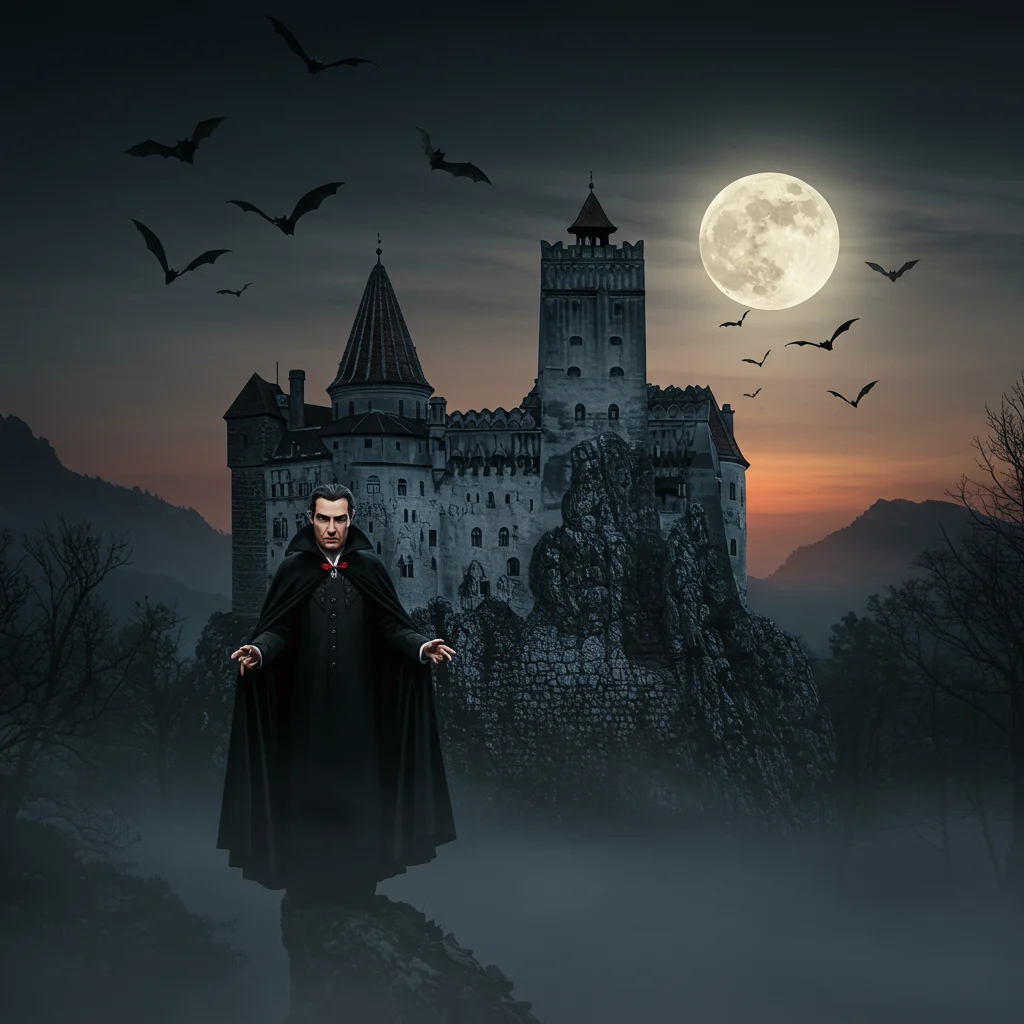
This section examines the literary influences, the impact on popular culture, and how Bran Castle became a global symbol of Gothic horror.
How Did Bran Castle Inspire Dracula?
Stoker’s notes indicate that he based Dracula’s castle on written accounts and illustrations of Eastern European fortresses. While he did not specify Bran Castle by name, the castle’s location and appearance fit his descriptions closely.
Over time, Bran Castle was promoted as the “real” Dracula’s castle, further strengthening its association with the novel. Today, it is celebrated as a literary landmark, drawing fans from around the world.
Dracula in Popular Culture
The Dracula legend has had a lasting influence on film, television, and literature. Bran Castle frequently appears in documentaries, horror films, and travel shows, each adding new layers to its mythos.
This enduring popularity ensures that Bran Castle remains a must-see destination for those fascinated by the supernatural. The castle’s role in popular culture is similar to how iconic venues like the Stadio Olimpico in Rome are celebrated for their historical and cultural significance.
Architectural Features of Bran Castle
Bran Castle’s architecture is as intriguing as its legends. The fortress combines elements of medieval military design with later residential enhancements, creating a unique blend of strength and elegance.
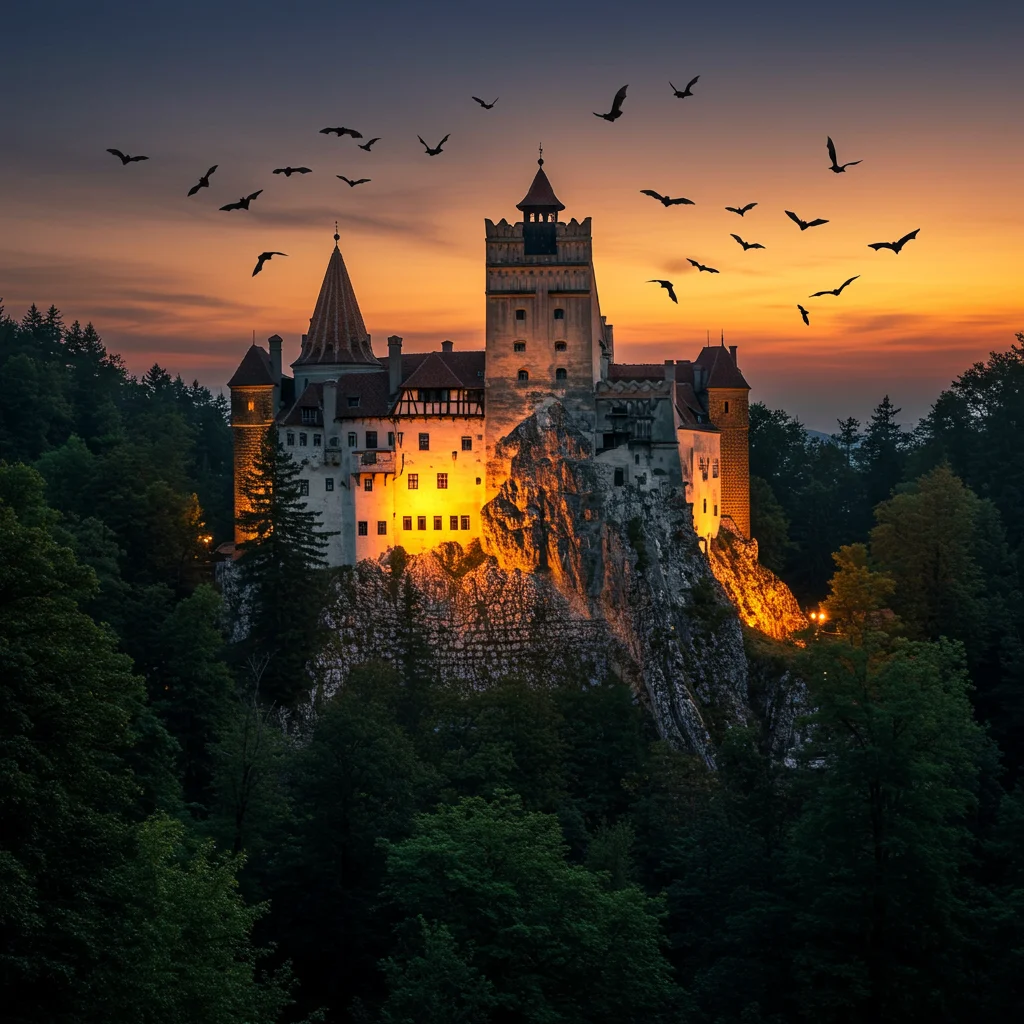
We will now highlight the castle’s most distinctive features, both outside and inside, to help future visitors appreciate its design and craftsmanship.
Exterior Architecture: Towers, Walls, and Courtyards
The exterior of Bran Castle is defined by its tall towers, thick stone walls, and strategic hilltop position. The fortress was designed for defense, with narrow windows and battlements providing protection against invaders.
The inner courtyard, surrounded by high walls, offers a glimpse into medieval life, while the main entrance is guarded by a dramatic gatehouse. The panoramic views from the towers are among the castle’s most memorable sights.
Interior Rooms and Secret Passages
Inside, Bran Castle features winding staircases, compact chambers, and hidden passageways. Many rooms retain their medieval charm, with stone fireplaces, wooden beams, and period furnishings.
One of the most intriguing aspects is the secret staircase, discovered in the 1920s, which connects the first and third floors. This hidden passage adds an element of mystery and showcases the castle’s defensive ingenuity.
Unique Design Elements
Bran Castle’s design incorporates Gothic arches, ornate woodwork, and decorative tiles. The blend of architectural styles reflects centuries of renovation and adaptation by different rulers.
Visitors will notice features such as narrow balconies, carved doors, and intricate ironwork, each telling a part of the castle’s story. The interior layout is both functional and atmospheric, creating a sense of stepping into another era.
What Can You See Inside Bran Castle?
A tour of Bran Castle reveals a fascinating array of rooms, exhibits, and historical artifacts. Each area offers insight into the castle’s past and the people who lived there.
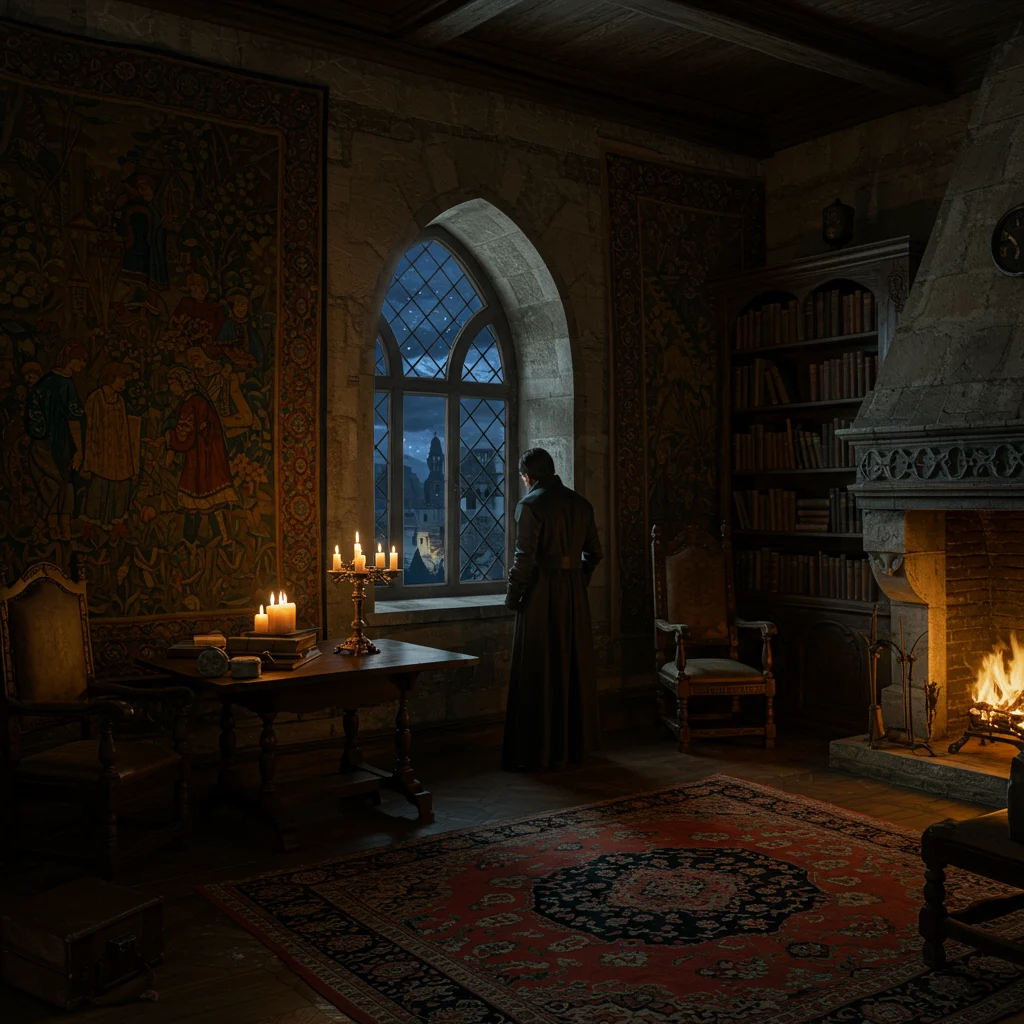
From royal apartments to chilling torture chambers, here’s what awaits inside Romania’s most famous fortress.
The Royal Apartments
The royal apartments are among the most elegant spaces in Bran Castle. Once home to Queen Marie of Romania, these rooms showcase period furnishings, artwork, and personal items from the early 20th century.
The décor reflects Queen Marie’s taste, blending Romanian motifs with influences from Western Europe. The apartments offer a glimpse into royal life and the castle’s transformation from fortress to residence.
The Museum of Medieval Artifacts
Bran Castle houses a museum that displays a diverse collection of medieval artifacts. These items include religious icons, pottery, textiles, and household objects from the region’s past.
The museum helps visitors understand daily life in medieval Transylvania and Wallachia, as well as the castle’s role in local history. Detailed captions and multilingual guides enhance the educational experience.
Weapons and Armor Collection
One of the most popular exhibits features a collection of weapons and armor spanning several centuries. Swords, crossbows, maces, and suits of armor illustrate the evolution of warfare in the region.
This section appeals to history buffs and families alike, offering a tangible connection to the castle’s military origins. The craftsmanship and preservation of these artifacts are particularly impressive.
The Torture Chamber
No visit to Bran Castle is complete without a look at the infamous torture chamber. This small, dimly lit room displays medieval instruments of punishment, including racks, stocks, and iron maidens.
While unsettling, the exhibit provides valuable context on the harsh realities of justice in medieval Europe. It also highlights the darker aspects of Bran Castle’s history, much like the chilling tales found in other historic sites such as those described in our Old San Juan history stroll.
The Castle Courtyard and Gardens
The inner courtyard is a tranquil retreat, featuring a stone well, flowering plants, and shaded walkways. This area once served as the heart of daily life in the castle, hosting gatherings and providing access to various rooms.
The gardens are especially beautiful in spring and summer, offering a peaceful contrast to the imposing fortress walls. Benches and scenic views make it a favorite spot for visitors to rest and reflect.
Legends and Myths Surrounding Bran Castle
Bran Castle’s reputation as a place of mystery is fueled by centuries of legends, ghost stories, and local folklore. These tales add to the castle’s allure and provide a rich backdrop for its Dracula connection.
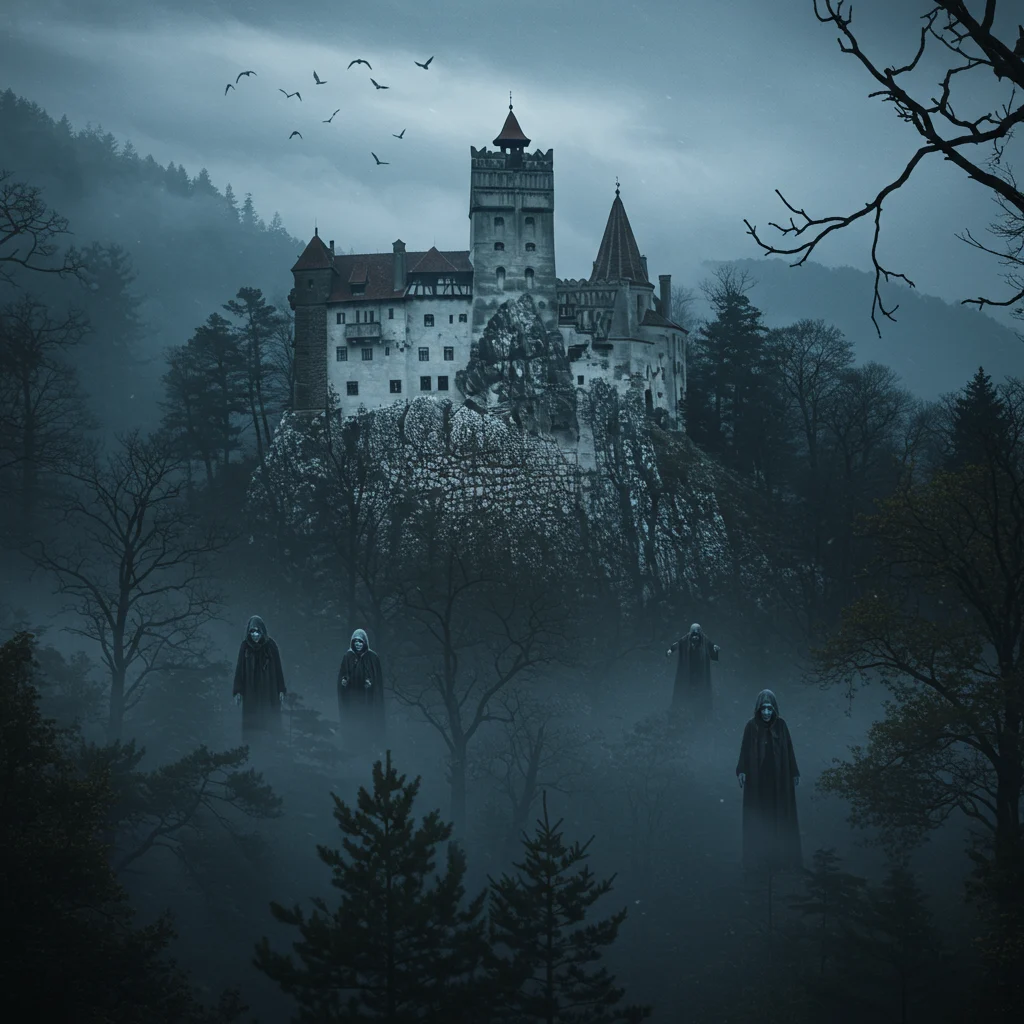
Let us examine some of the most famous myths and superstitions associated with this iconic fortress.
Ghost Stories and Hauntings
Many visitors and locals claim that Bran Castle is haunted. Reports of unexplained noises, flickering lights, and shadowy figures are common, especially in the castle’s older, less renovated areas.
Some believe that the spirits of former prisoners or soldiers linger within the walls, while others attribute the sightings to the castle’s eerie atmosphere. These ghost stories are part of what makes a visit to Bran Castle so memorable.
Local Folklore and Superstitions
Transylvanian folklore is rich with tales of vampires, witches, and supernatural creatures. Bran Castle’s location and history have made it a focal point for many of these stories.
Local traditions include protective charms, rituals to ward off evil, and legends of hidden treasures. These customs continue to fascinate both residents and visitors, adding another layer of intrigue to the castle’s mystique.
Famous Dracula Legends
The Dracula legend is the most enduring myth associated with Bran Castle. Stories of vampires, nocturnal visitors, and bloodthirsty counts have been passed down for generations, blending historical fact with Gothic fiction.
While the true connection to Vlad the Impaler remains debated, the Dracula narrative continues to draw curious travelers. The castle’s association with the world’s most famous vampire is a key reason for its global appeal, similar to the way other legendary sites gain international fame, as discussed in our article on the soul of the Amalfi Coast.
What Is the Bran Castle Experience Like for Visitors?
Visiting Bran Castle is a captivating experience, offering a blend of history, legend, and stunning scenery. Whether you join a guided tour or explore on your own, the castle has something for everyone.
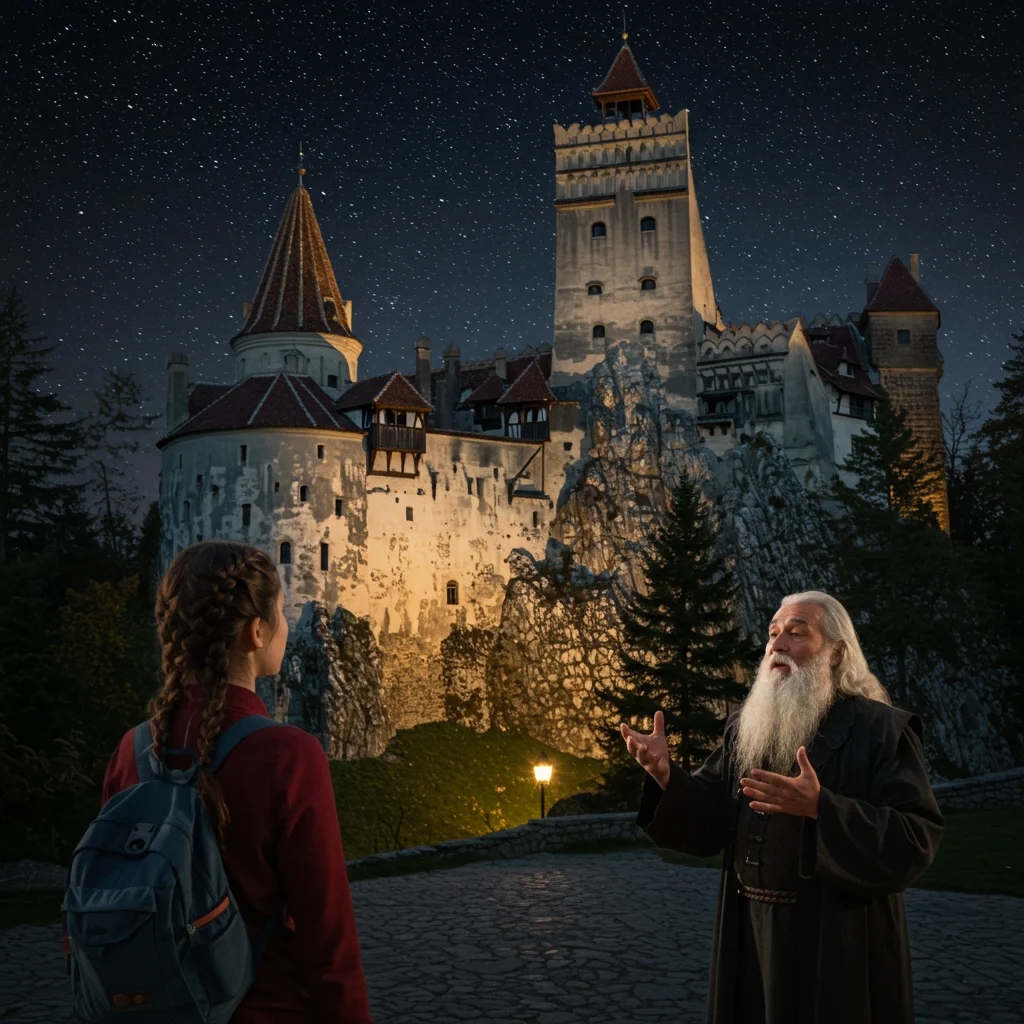
Below, we explain what to expect and how to make the most of your visit.
Guided Tours: What to Expect
Guided tours provide in-depth insight into the castle’s history, architecture, and legends. Knowledgeable guides share fascinating stories and answer questions, making the experience both educational and entertaining.
Tours are available in multiple languages and often include access to areas not open to self-guided visitors. Booking in advance is recommended, especially during peak seasons.
Self-Guided Exploration Tips
If you prefer to explore at your own pace, self-guided visits are a great option. Informational panels and maps are provided throughout the castle, helping you navigate the various rooms and exhibits.
To avoid crowds, plan your visit early in the morning or later in the afternoon. Comfortable footwear is essential, as the castle’s staircases and uneven floors require some agility.
Multimedia and Interactive Exhibits
Bran Castle has embraced modern technology to enhance the visitor experience. Multimedia displays, virtual reality exhibits, and interactive panels bring the castle’s stories to life.
These features are particularly popular with younger visitors and families, making history accessible and engaging. The use of technology in historic sites is becoming more widespread, as seen in modern approaches at other tourist destinations like those described in our Venice in a Day guide.
Bran Castle Events and Festivals
Bran Castle is not just a static monument; it is a lively venue for events and celebrations throughout the year. These gatherings offer unique ways to experience the castle and learn about Romanian culture.
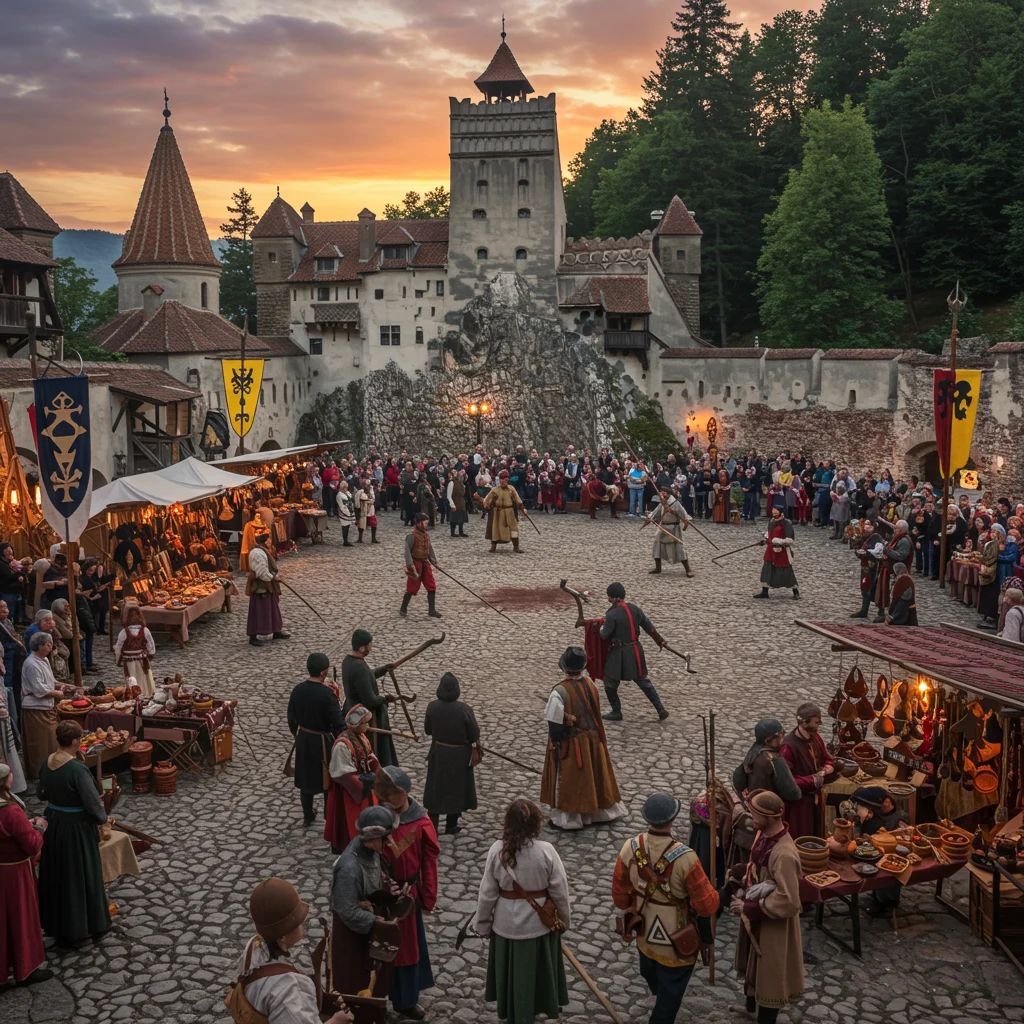
From Halloween parties to traditional festivals, there is always something happening at Bran Castle.
Halloween Celebrations at Bran Castle
Halloween is the highlight of the Bran Castle calendar. Each year, the fortress hosts elaborate parties, costume contests, and themed tours that attract visitors from around the world.
The castle’s association with Dracula makes it the perfect setting for spooky festivities, including live music, theatrical performances, and late-night tours. Tickets for these events sell out quickly, so early booking is advised.
Seasonal Events and Themed Tours
In addition to Halloween, Bran Castle hosts a variety of seasonal events, such as Christmas markets, medieval fairs, and historical reenactments. Themed tours focus on specific aspects of the castle’s history, such as royal life or military strategy.
These events provide opportunities to experience the castle in new ways and participate in local traditions. Check the official website for the latest schedule and ticket information.
Workshops and Cultural Programs
Bran Castle regularly offers workshops and cultural programs, including craft demonstrations, cooking classes, and folklore presentations. These activities are designed to engage visitors of all ages and backgrounds.
Workshops often feature local artisans, giving participants a chance to learn traditional skills and take home unique souvenirs. Cultural programs help deepen appreciation for Romania’s heritage and the castle’s role in it.
How to Plan Your Visit to Bran Castle
Planning ahead is essential for a smooth and enjoyable visit to Bran Castle. From transportation options to ticket prices, knowing what to expect will help you make the most of your trip.
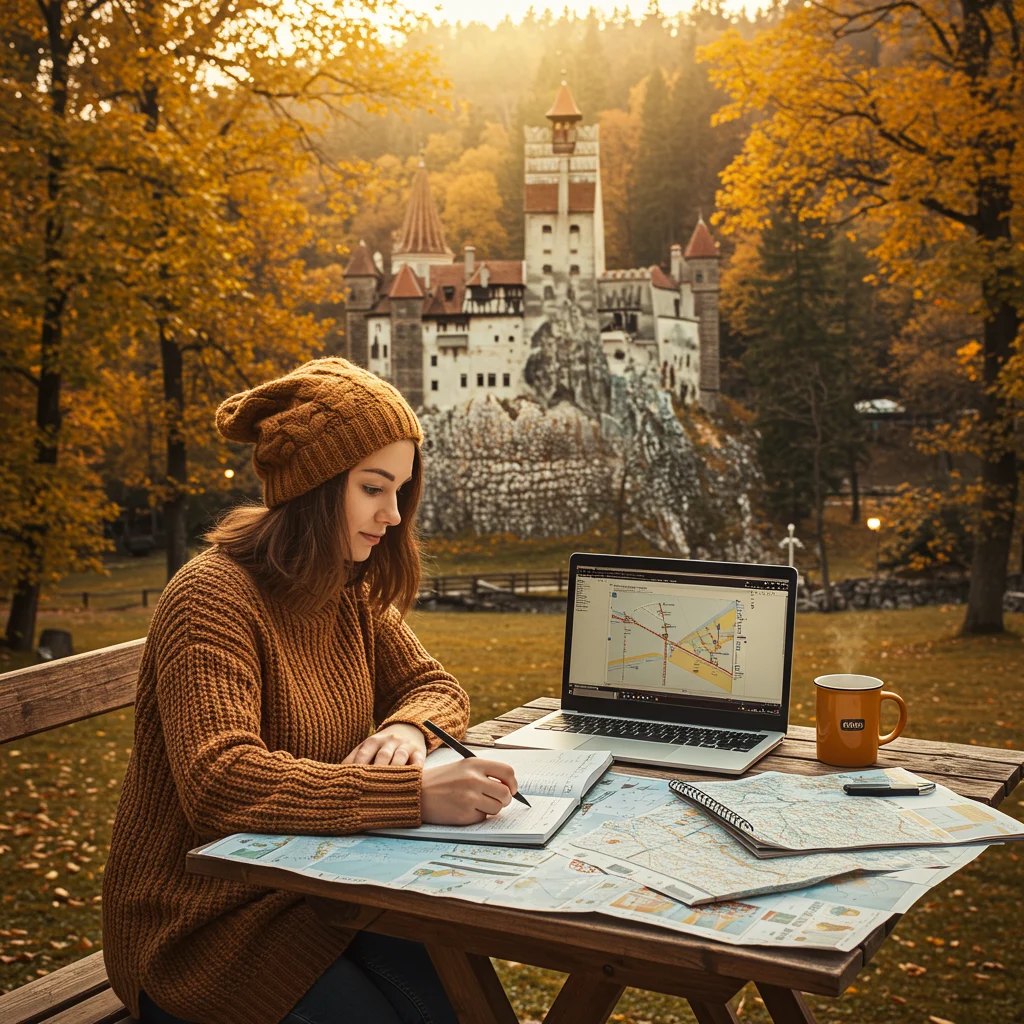
Here are some practical tips to help you prepare for your Bran Castle adventure.
Location and How to Get There
Bran Castle is located in the village of Bran, about 30 kilometers southwest of Brașov. The most common way to reach the castle is by car or bus from Brașov, which is well connected to major Romanian cities.
Parking is available near the entrance, and shuttle services operate during peak seasons. Public transportation is reliable, but schedules may vary, so check in advance.
Best Times of Year to Visit
The best time to visit Bran Castle depends on your preferences. Spring and autumn offer mild weather and fewer crowds, while summer is the busiest season, with extended hours and special events.
Winter visits can be magical, especially when the castle is dusted with snow. However, some outdoor areas may be less accessible during cold or wet weather.
Ticket Prices and Entry Information
Ticket prices for Bran Castle vary depending on age, group size, and any special exhibitions. Discounts are available for students, seniors, and children. Tickets can be purchased online or at the entrance.
Guided tours and special events may require separate tickets. Check the official website for up-to-date pricing and booking options.
Accessibility for Visitors
Bran Castle’s historic structure means that accessibility can be challenging, especially for those with mobility issues. Many rooms are accessible only by steep staircases and narrow passageways.
Efforts have been made to improve access where possible, but visitors should be prepared for uneven floors and limited elevator service. Contact the castle in advance to discuss specific needs or arrange assistance.
Nearby Attractions and Things to Do
The region surrounding Bran Castle is rich in history, natural beauty, and cultural attractions. Whether you are interested in medieval fortresses, picturesque villages, or outdoor adventures, there is plenty to see and do nearby.
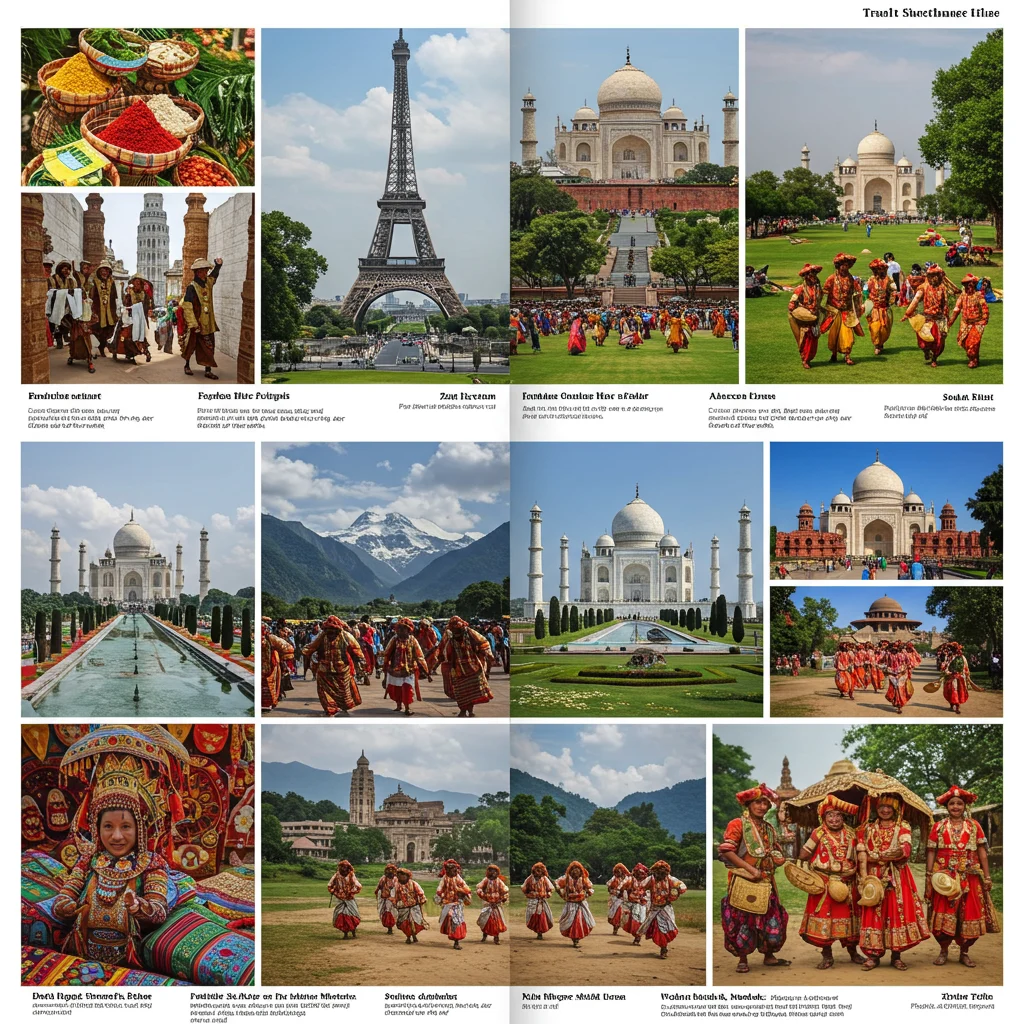
Here are a few highlights to consider when planning your itinerary.
Exploring the Village of Bran
The village of Bran offers a welcoming atmosphere, with traditional houses, local markets, and charming guesthouses. Strolling through the village provides insight into rural Romanian life and customs.
Shops and stalls near the castle sell local crafts, food, and souvenirs. The village is also home to several small museums and cultural sites worth visiting.
Râșnov Fortress and Surrounding Castles
Râșnov Fortress is a short drive from Bran and is well worth a visit. This medieval fortress offers panoramic views of the surrounding countryside and a fascinating glimpse into regional history.
Other nearby castles, such as Peleș Castle and Cantacuzino Castle, showcase different architectural styles and historical periods. Combining these sites with Bran Castle makes for a comprehensive tour of Romania’s heritage.
Hiking and Nature Activities in the Carpathians
The Carpathian Mountains provide a stunning backdrop for Bran Castle and offer numerous opportunities for hiking, cycling, and wildlife watching. Trails range from gentle walks to challenging climbs, with breathtaking scenery at every turn.
Nature enthusiasts will appreciate the region’s diverse flora and fauna, as well as the chance to experience authentic Romanian landscapes. Guided tours are available for those seeking expert advice and local knowledge.
Where to Stay: Accommodation Options Near Bran Castle
Choosing the right accommodation is an important part of your Bran Castle experience. Options range from traditional guesthouses to boutique hotels and even castle-themed stays.
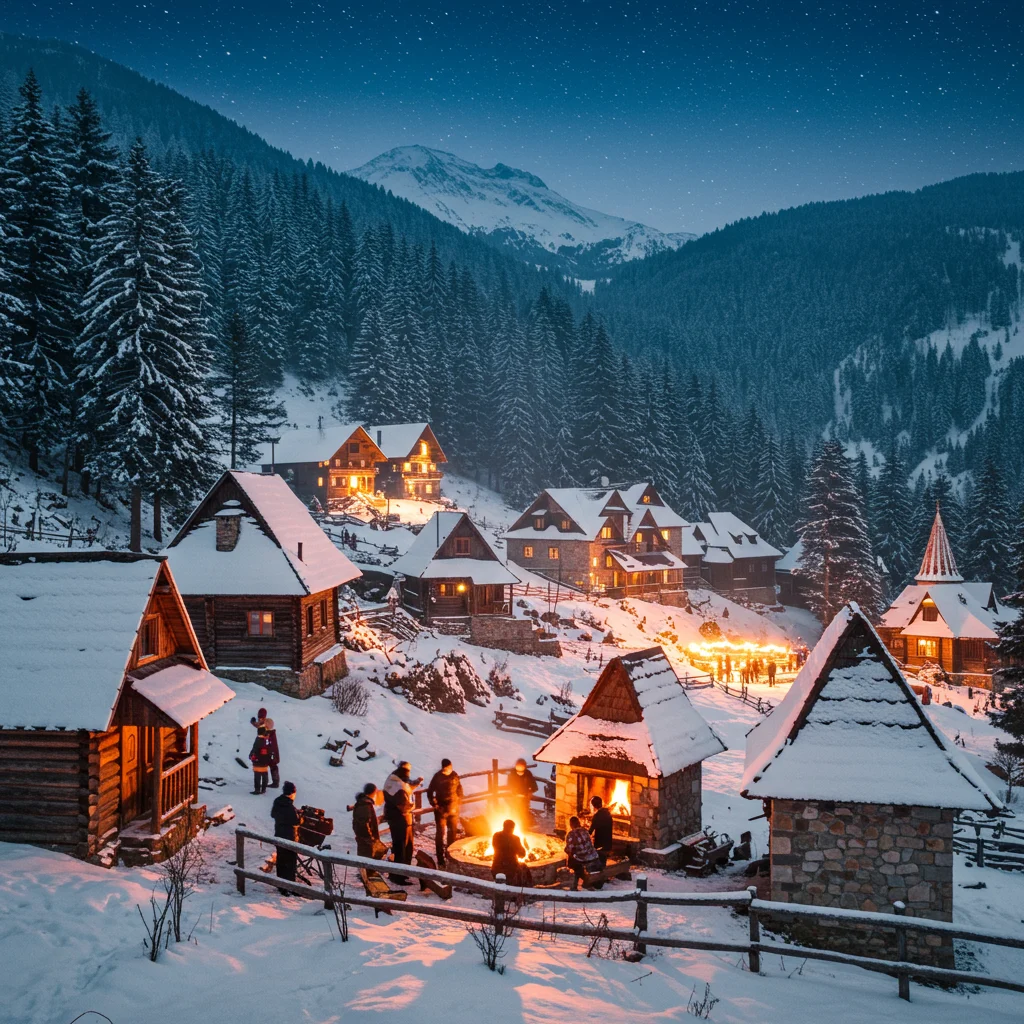
Below, we outline some of the best choices for every budget and preference.
Hotels and Guesthouses in Bran
Bran offers a variety of hotels and guesthouses, many within walking distance of the castle. These establishments provide comfortable rooms, local cuisine, and friendly service.
Booking in advance is recommended, especially during peak tourist seasons and major events. Many guesthouses offer stunning views of the castle and surrounding mountains.
Unique Stays: Castles and Themed Lodging
For a truly memorable experience, consider staying in a castle or themed accommodation. Several properties in the area offer rooms decorated in medieval or Gothic styles, complete with period furnishings and atmospheric lighting.
These unique stays provide a taste of royal living and are popular with couples and families alike. They also offer a convenient base for exploring Bran Castle and the wider region.
Dining Near Bran Castle: What to Eat and Where
Romanian cuisine is hearty, flavorful, and deeply rooted in local tradition. Dining near Bran Castle offers a chance to sample authentic dishes and enjoy warm hospitality.
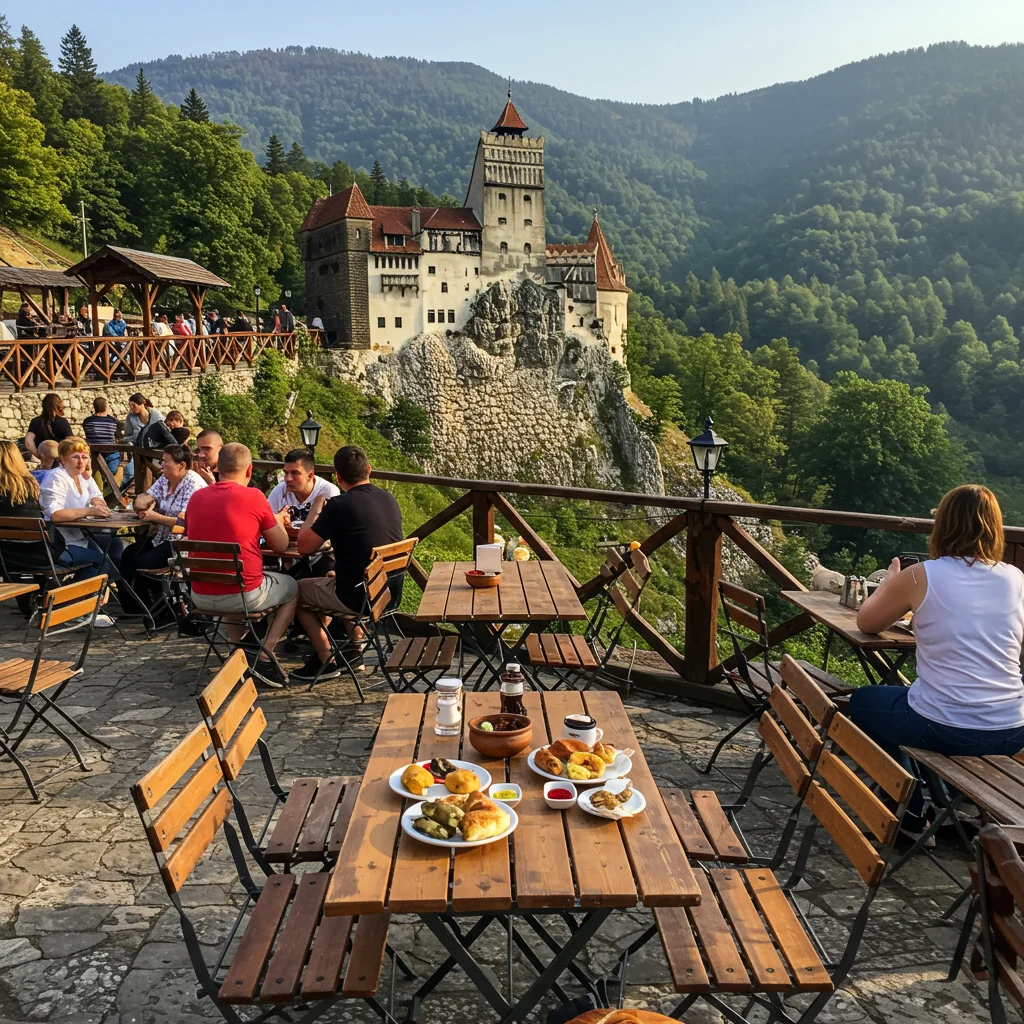
Here are some recommendations for what to try and where to eat during your visit.
Traditional Romanian Cuisine
Popular local dishes include sarmale (cabbage rolls), mici (grilled sausages), and ciorbă de burtă (tripe soup). Meals are often accompanied by fresh bread, cheeses, and pickled vegetables.
Don’t miss the chance to try local desserts such as papanași (cheese doughnuts) or cozonac (sweet bread). Romanian wines and plum brandy (țuică) are also worth sampling.
Recommended Restaurants and Cafés
Several restaurants and cafés near Bran Castle offer traditional menus, cozy interiors, and beautiful views. Many establishments use locally sourced ingredients and family recipes passed down through generations.
Look for venues with outdoor seating to enjoy the mountain scenery. Reservations are advisable during weekends and holidays.
Souvenirs and Shopping at Bran Castle
Shopping for souvenirs is a highlight of any visit to Bran Castle. The area offers a wide range of unique gifts, from handcrafted items to Dracula-themed memorabilia.
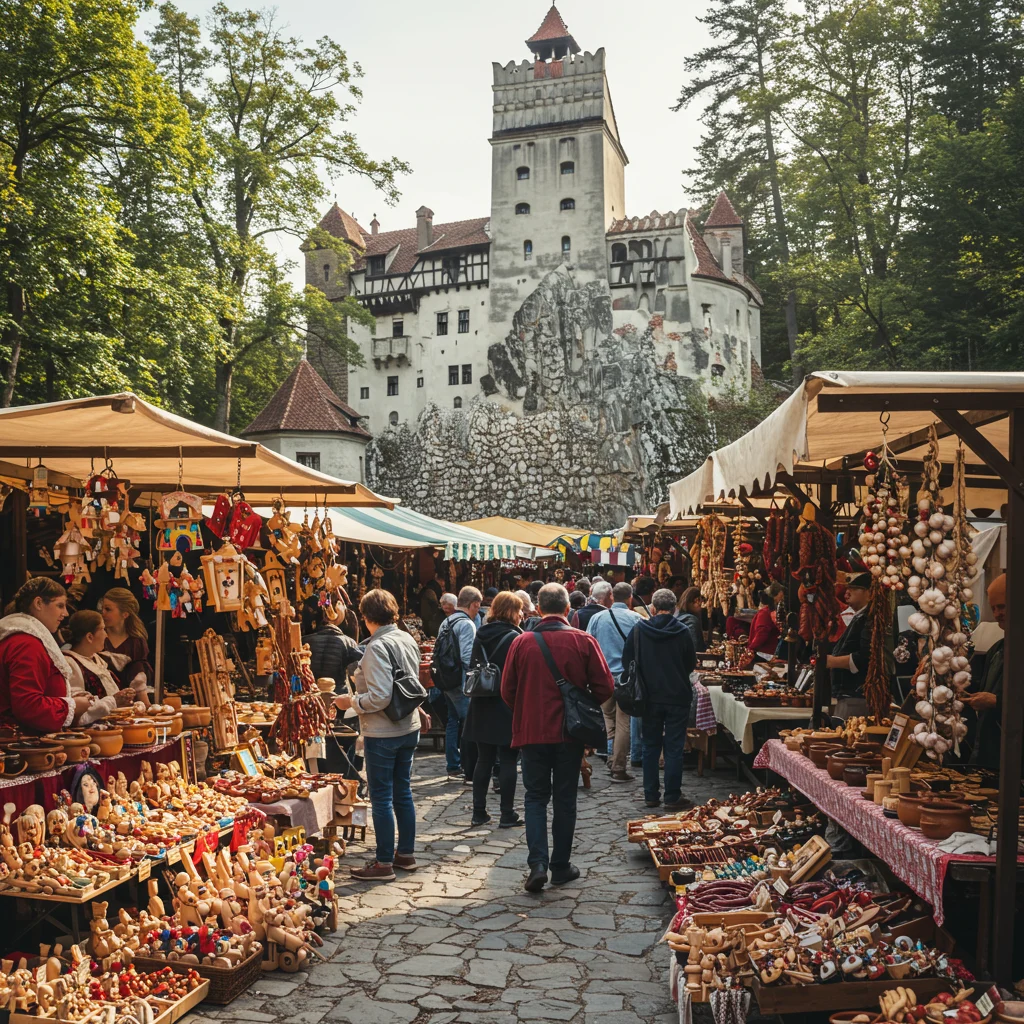
Here is what you can expect to find in the castle shops and local markets.
What Souvenirs Can You Buy?
Popular souvenirs include magnets, mugs, T-shirts, and postcards featuring Bran Castle and Dracula imagery. These items make fun and affordable mementos of your visit.
More distinctive options include hand-painted icons, traditional textiles, and carved wooden objects. Many shops offer products made by local artisans, supporting the regional economy.
Local Crafts and Dracula Memorabilia
Dracula memorabilia is in high demand, with everything from vampire fangs to replica medieval weapons available for purchase. These quirky items are especially popular with younger visitors and fans of Gothic culture.
If you prefer something more authentic, seek out local crafts such as embroidered linens, pottery, and jewelry. These handmade items reflect the artistry and heritage of the region.
Photography Tips for Capturing Bran Castle
Bran Castle’s dramatic setting and intricate details make it a photographer’s dream. With a little planning, you can capture stunning images both inside and outside the fortress.
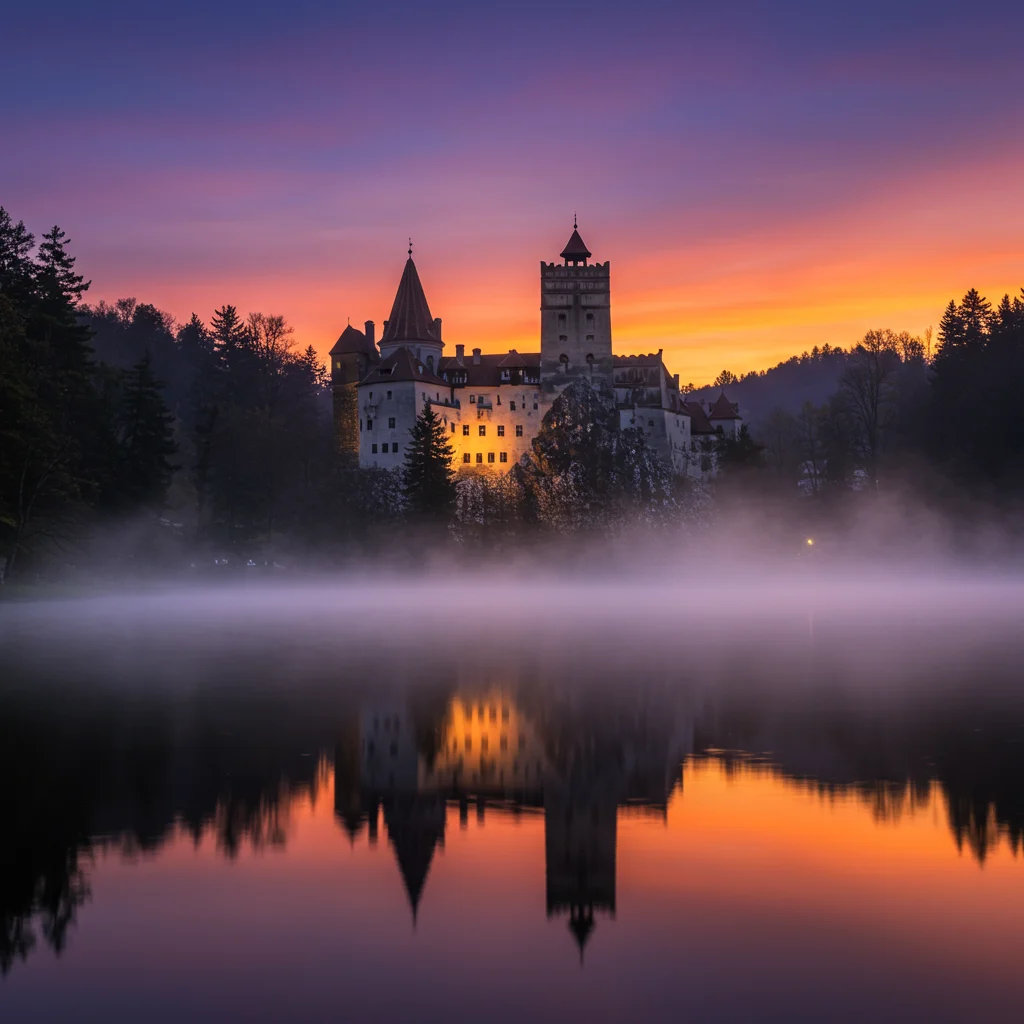
Here are some tips to help you get the best shots during your visit.
Best Photo Spots Inside and Out
For exterior shots, the best vantage points are from the main entrance, the hillside opposite the castle, and the upper courtyard. Early morning or late afternoon light offers the most flattering conditions.
Inside, focus on the grand staircase, royal apartments, and unique architectural features. Look for interesting angles and play with natural light streaming through the windows.
Photography Rules and Etiquette
Photography is permitted in most areas of Bran Castle, but flash and tripods may be restricted. Always check posted signs and respect staff instructions to avoid disturbing other visitors.
Be mindful of crowded spaces and avoid blocking pathways. Taking your time and being considerate will help you capture memorable images while preserving the experience for everyone.
Sustainability and Preservation Efforts at Bran Castle
Preserving Bran Castle for future generations is a top priority. Ongoing conservation work and community involvement are essential to maintaining the fortress’s structural integrity and cultural significance.
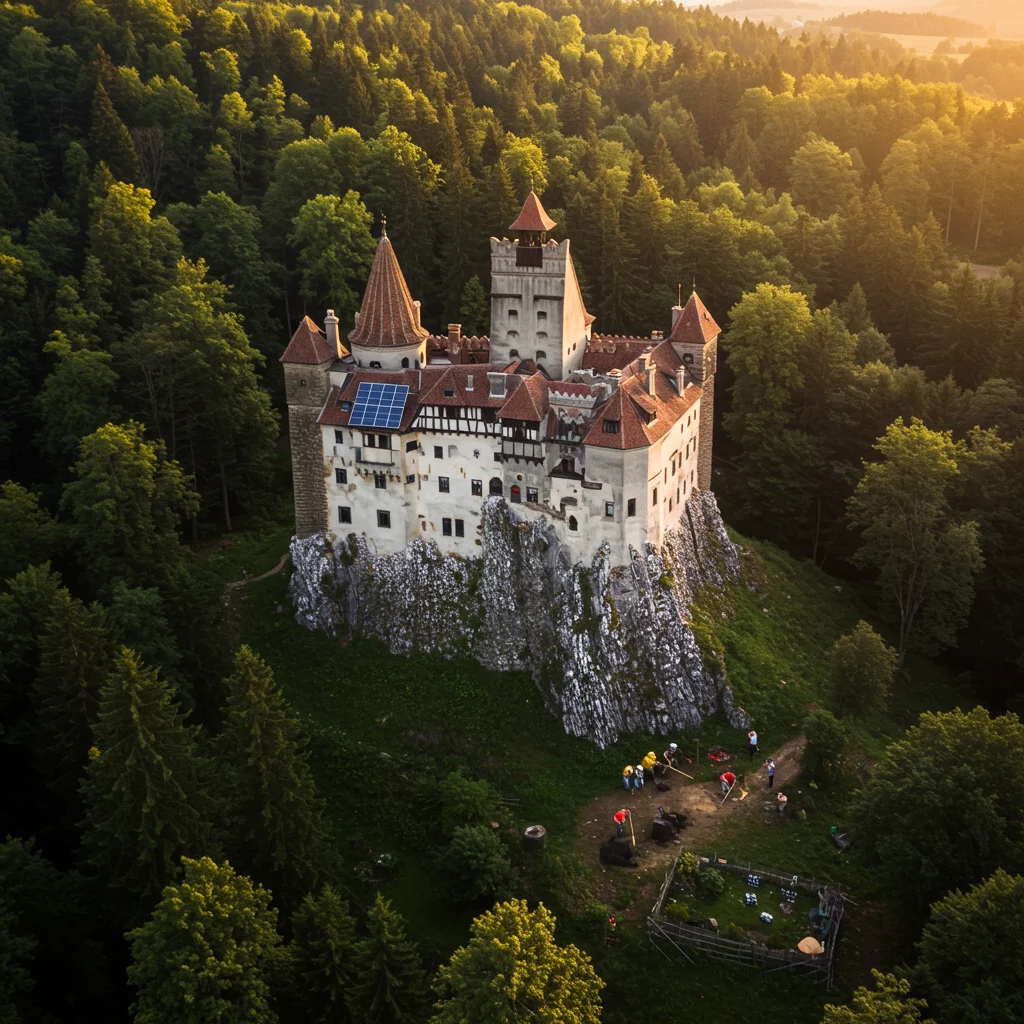
Here is how Bran Castle balances tourism with sustainability and heritage protection.
Conservation of the Structure
Regular maintenance and restoration projects address issues such as water damage, erosion, and aging materials. Experts use traditional techniques and materials wherever possible to retain the castle’s authenticity.
Efforts are also made to minimize the impact of tourism, including limiting visitor numbers during peak times and investing in infrastructure upgrades.
Community Involvement in Preservation
The local community plays a vital role in the castle’s preservation. Many residents work in tourism, crafts, and hospitality, helping to share Bran’s heritage with visitors from around the world.
Educational programs and partnerships with schools encourage a sense of pride and responsibility for the castle’s future. This collaborative approach ensures that Bran Castle remains a source of inspiration and pride for generations to come.
Frequently Asked Questions About Bran Castle
Visitors often have questions about Bran Castle’s history, accessibility, and unique features. Here, we address some of the most common inquiries to help you plan your visit with confidence.
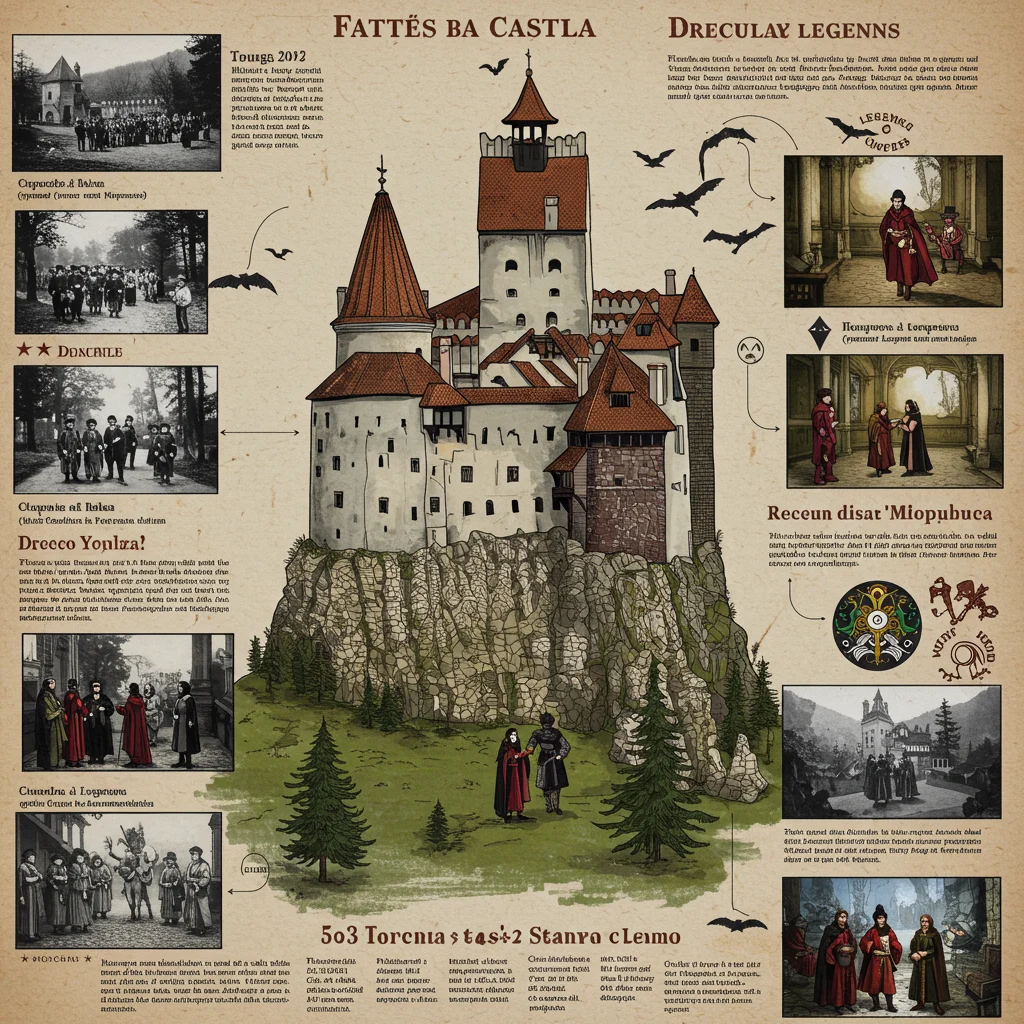
If you have additional questions, the official website and visitor center staff are excellent resources for up-to-date information.
Is Bran Castle Suitable for Children?
Bran Castle is a family-friendly destination, with exhibits and activities designed to engage younger visitors. Some areas, such as the torture chamber, may not be suitable for very young children or those sensitive to graphic displays.
Guided tours for families are available, and interactive exhibits help bring history to life in an accessible way. Strollers may be challenging to use due to stairs and narrow passages, so baby carriers are recommended.
Can You Stay Overnight in the Castle?
Overnight stays inside Bran Castle are not generally available to the public. However, special events and private functions occasionally permit limited overnight access, usually as part of exclusive packages or contests.
For most visitors, nearby hotels and themed accommodations offer a comfortable and atmospheric alternative. These options provide easy access to the castle and the surrounding attractions.
Is Bran Castle Haunted?
Reports of paranormal activity and ghost sightings are common at Bran Castle, contributing to its reputation as one of Europe’s most haunted sites. While there is no scientific evidence of hauntings, the castle’s atmosphere and legends inspire the imagination.
Whether you believe in ghosts or not, the stories and ambiance make for an unforgettable visit. The combination of history, architecture, and myth ensures that Bran Castle remains a captivating destination.
Conclusion: Why Bran Castle Should Be on Your Bucket List
Bran Castle stands at the crossroads of history, legend, and natural beauty. Its dramatic silhouette, rich heritage, and enduring connection to the Dracula myth make it a destination unlike any other. Whether you are drawn by the architecture, the stories, or the spectacular mountain scenery, Bran Castle offers a memorable experience for every traveler.
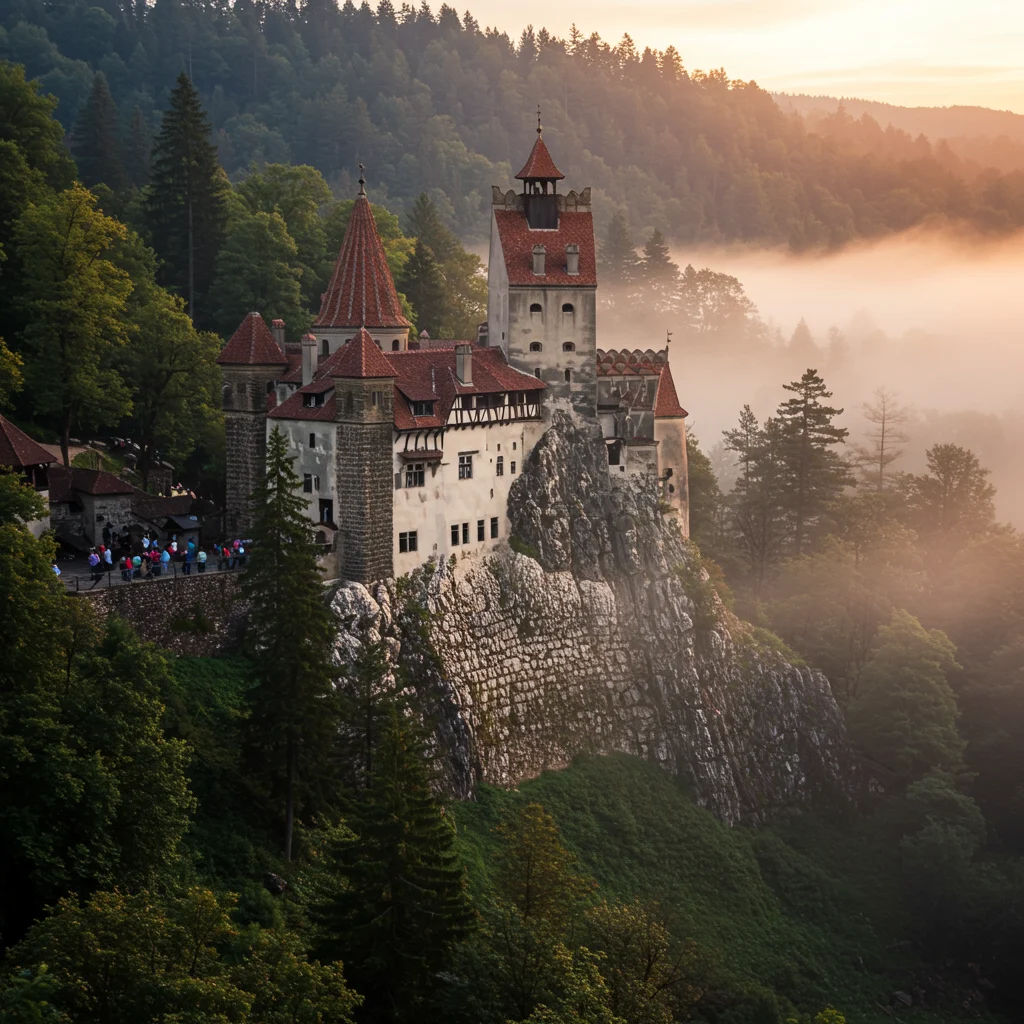
For those seeking to enrich their journeys with unique cultural and historical destinations, we recommend planning your visit with Tour Cuts. Their resources and insights can help you make the most of your adventure to Bran Castle and beyond.

